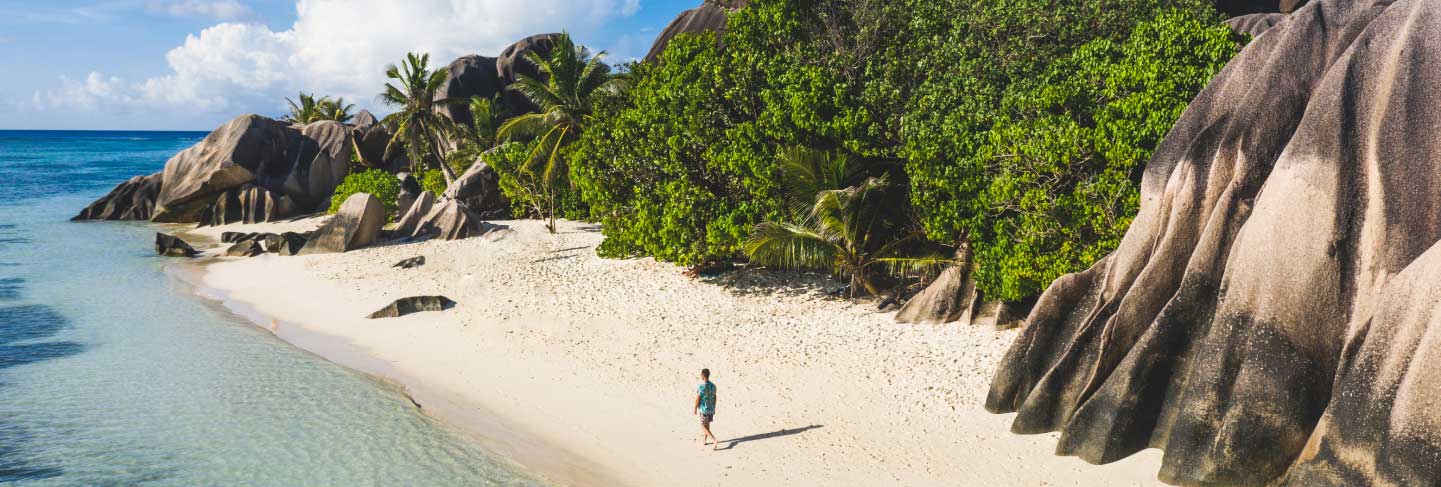Sea Turtle Conservation in the Mexican Caribbean
Volunteer on conservation programs that help to protect sea turtles.
Popular program.
Limited availability.
Durations: 2 - 12 weeks
Book with confidence
Travel flexibility, because life happens! Modify your booking, even up to 48 hours before departure. T&Cs apply.
Program information
Learn about sea turtle biology and ecology, and gain insights into local and global threats to the survival of this species. Working hand in hand with our local partner – the National Commission for Natural Protected Areas (CONANP) – and the local community, participants assist with monitoring sea turtle nests and hatchlings, and help to develop and implement environmental education programs.
Grants available for up to USD13,000!
Get a GVI Foundation Grant of up to 80% on conservation programs. Everyone is invited to apply by 31 Jul.
Book with confidence
Travel flexibility, because life happens! Modify your booking, even up to 48 hours before departure. T&Cs apply.
Included in your program, at no extra cost.
Make the most of our unique programs with these exclusively curated local adventure and wellness experiences.
Offered once a month, expand your adventure with GVI Experiences. These are just some of the activities offered on your program!
Learn to cook traditional Yucatan food
Take a beach yoga class
Learn about hyperbaric medicine
Stand-up paddleboard at sunrise
Climb rock formations in the jungle
Learn the unique geography of the Yucatan Peninsula
Ancient Aztec cocoa experience
Connect with our alumni
Want to connect with some of our past participants about their adventures? Get in touch with hundreds of friendly ambassadors all over the world who would be more than happy to answer any questions.
Connect with us
Join our Virtual Open Day!









































